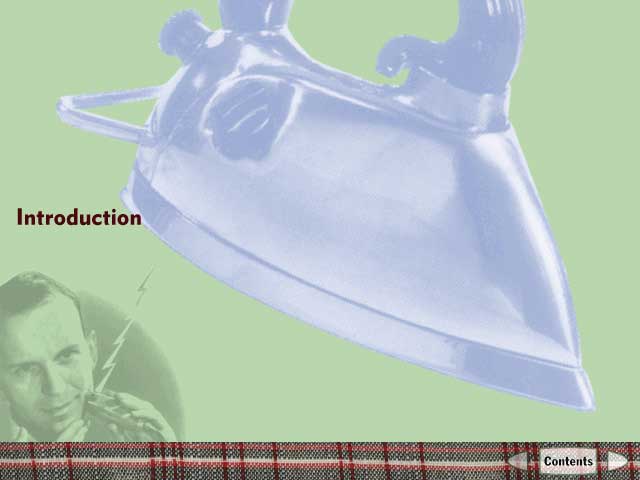Creative and Critical Fictions: Writing Home
Dr. Caitlin Fisher
208 Winters, 736-2100 x 20744
caitlin@yorku.ca Office
Hours: Monday 11 a.m. - 1 p.m. or by appointment Prerequisite: Class
meets: Monday 2:30-5:30 p.m.
Vari Hall 1018
-- Jean-François Lyotard |
SCHEDULE
Note: I will make every effort to follow the syllabus as outlined,
but reserve the right to make scheduling
changes when further discussion of a given topic is required or to take advantage
of unforeseen events and opportunities.
|
Week 1 September 10 |
Introduction
|
||||||
|
Week 2 September 17 |
Memory Barry
Dempster Writing Home (excerpt) Toronto: Oberon Press, 1989 (5-26) And
one of: Anna
Bohlin “The Politics of Locality: memories of District Six in Cape
Town” In Nadia Lovell (ed.) Locality and Belonging New York:
Routledge, 1998 (168-187). John
Lowry “Homesick for the memories: The gendering of Historical memory
in Women’s Narratives of the Vietnam War” In R. george (ed.) Burning
Down the House: Recycling Domesticity Oxford:
Westview Press, 1998. (255-278). |
||||||
|
Week 3 September 24 |
Idealized homes/ real families
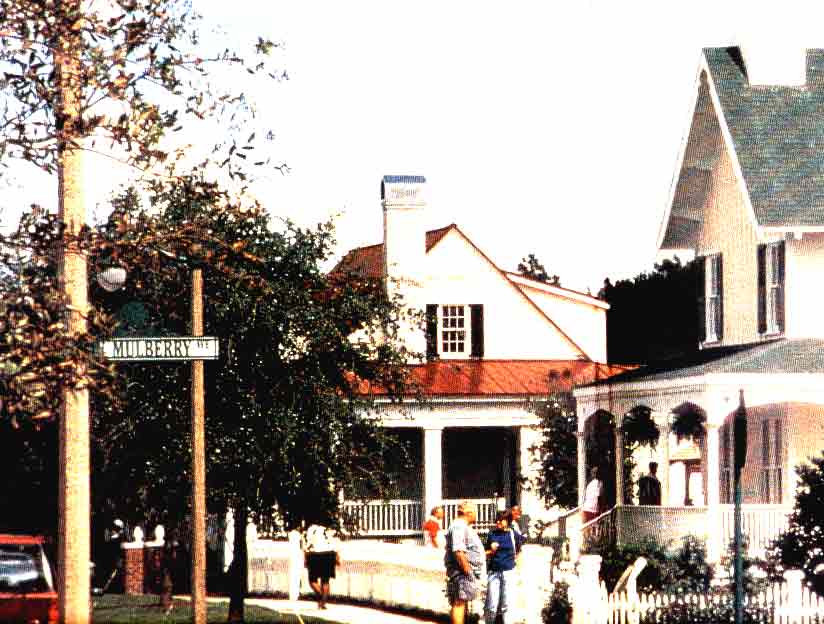 “the roots of the words for protection which turn
around hos for house, Elaine Scarry H.H.
“Wanted: A Home’ in Bits of Talk; Home Matters Boston: Roberts
brothers, 1873 (233-239). Poetry: (read at
least one of) Christl
Verduyn “Housework” Judith
kalman “Untitled” Sandy
Shreeve “Between Sisters” Zara
Suleman “Kitch and Talk” Margo
Button “The Family Tree” In
N. Amin (ed.) Canadian Women’s Studies: An introductory reader Toronto:
Ianna Publications, 1999 (508,
517-19, 520-30). Lifewriting (read
at least two of) Audre
Lorde “Zami: A New Spelling
of my Name” (excerpt) Joan
Nestle “Two Women: Regina
Nestle, 1910-1978, and her daughter Joan” in Catherine Reid and Holly
Iglesias (eds) Every Woman
I’ve Ever Loved: lesbian Writers on their Mothers San
Fransisco: Cleis Press, 1997 (19-36). Dorothy
Allison “Skin, Where she touches me” in Skin: Talking about Sex,
Class and literature Ithaca:
Firebrand Books, 1994 (225-251).
Dorothy
Allison “What do we see? What do we not see?” in Skin: Talking
about Sex, Class and literature Ithaca: Firebrand Books, 1994
(57-62). Essex
Hemphill “Commitments” in Essex Hemphill (ed.) Brother to brother
Boston: Allyson publications, 1991 Supplementary: Background:
http://www.english.upenn.edu/~afilreis/50s/home.html Homepage/collage
assignment due |
||||||
|
Week 4 October 1 |
|
||||||
|
October 8th
– thanksgiving – no classes |
|||||||
|
Week 5 October 15 |
|
||||||
|
Week 6 October 22 |
faith
|
||||||
|
Week 7 October 29 |
Witness (writing pictures)
Art Spiegelman’s
MAUS Lynda
Barry The Greatest of Marlys! (excerpt)
Assignment #2
due |
||||||
|
Week 8 November 5 |
Photographic eye/I
 Revisit; the meaning
of home: a photographic exploration Sally Mann’s looking glass Houses (online)
Mann sees herself as an artist rooted in the American South in both
subject and sensibility. "The South hasn't been fully explored,"
she has said. "I'm trying to make beautiful pictures, but I want
them to have 'pith.'" A powerful sense of place attaches to her
work; much of it is set at the family farm and cabin acquired by her
father, a small town physician and amateur photographer. It is here
in this rustic and remote setting, thick with the humid, Southern
summer atmosphere, that Mann achieved her most compelling work--images
of her children Emmett, Jessie, and Virginia, in the years between
1984 and 1995 at play in this lush setting. Even |
||||||
|
Last day to drop
F 2001 course is Friday, November 9th |
|||||||
|
Week 9 November 12 |
Virtually home
Apartment: “Apartment is inspired by the idea of the memory palace. In a mnemonic technique from a pre-Post-It era, Cicero imagined inscribing the themes of a speech on a suite of rooms in a villa, and then reciting that speech by mentally walking from space to space. Establishing an equivalence between language and space, Apartment connects the written word with different forms of spatial configurations.” http://turbulence.org/Works/apartment/index.html Home: “Home is an interactive, navigable virtual-reality environment
that explores ideas about swelling and its relation to the psyche.
In it, a house abandoned by its owners, is up for sale. Half-empty
spaces still reverberate with memories and the most private moments
of its previous inhabitants. Deceptively normal looking from the outside,
once inside, spaces stretch and break apart and walls fall away, leaving
only a small plateau hanging in emptiness, resounding with the lives
and voices of those who still haunt it.” http://www.evl.uic.edu/research/template_res_project.php3?indi=202 Susan
Leigh Starr “From Hestia to Home Page: Feminism and the Concept of
Home in Cyberspace” In
Bell D, Kennedy B M (Eds) The Cybercultures Reader London:
Routledge, 2000 (632-643). Assignment #3 due
|
||||||
|
Week 10 November 19 |
Transnational Communities and the Meaning of ‘Home’ |
||||||
|
Week 11 November 22 |
Hybridity
Bhargavi
C. Mandava “Ghosts and Goddesses” in Barbara Findlen (ed.) Listen
Up: Voices from the Next Feminist Generation Seattle: Seal Press,
1995 (62-74). Judit
“Border Conflict” in J. Ramos (ed.) Compagneras: Latina Lesbians London,
Routledge, 1994 (218-219). supplementary: Out of Place,
Edward W. Said journal/portfolios
due |
||||||
|
Week 1 2 November 26 |
domesticity
Banana
Yoshimoto Kitchen (excerpt)
New York: Washington Square press/Simon and Shuster, 1993 (3-41). Ann
Ducille “Domesticity and the demon Mother” in R. George (ed.) Burning
Down the House: Recycling Domesticity Oxford: Westview Press,
1998. (279-297). Womanhouse http://www.cmp.ucr.edu/womenhouse/ supplementary: excerpts
from North American Women's Letters and Diaries,
Colonial to 1950 (online) |
||||||
|
Week 13 December 3 |
Coming Home: Reading cabaret/performances (location TBA) Kevin
lee Lagrone “Homecoming” in International Black Writers and Artists
(eds.) River Crossings; Voices of the Diaspora, 1994 (91). Final projects due
|
||||||
|
Last day of undergraduate
classes is December 5th |
|||||||
+ Parts of
this syllabus are indebted to or from the work of Wendy Chun, Princeton University and
Heather Zwicker, University of Alberta.
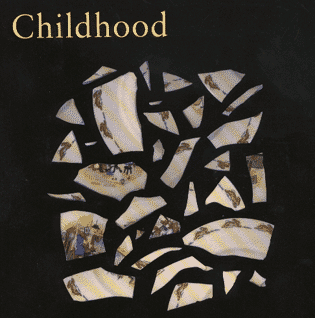
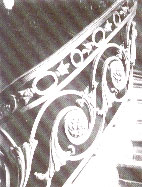

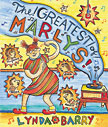
 The
photographs of Sally Mann are steeped in the influences of rural southwestern
Virginia where she was raised and still lives. Landscapes suffused
with the melancholy of a lost paradise, abstract color photographs
of objects submersed in water, and black and white images of her children
playing, their passing moments stilled by her large-format view camera--these
form the body of imagery found in Still Time, a stunning
mid-career retrospective of arguably one of the most important photographers
working today. (left: Sally Mann (American, b. 1951) At Charlie's
Farm, from Immediate Family , gelatin silver print, 1984-1991,
Copyright Sally Mann, Courtesy of Edwynn Houk Gallery)
The
photographs of Sally Mann are steeped in the influences of rural southwestern
Virginia where she was raised and still lives. Landscapes suffused
with the melancholy of a lost paradise, abstract color photographs
of objects submersed in water, and black and white images of her children
playing, their passing moments stilled by her large-format view camera--these
form the body of imagery found in Still Time, a stunning
mid-career retrospective of arguably one of the most important photographers
working today. (left: Sally Mann (American, b. 1951) At Charlie's
Farm, from Immediate Family , gelatin silver print, 1984-1991,
Copyright Sally Mann, Courtesy of Edwynn Houk Gallery) when photographing
her children, Mann insists that her works are nevertheless about the
South--"they're still about here," she has remarked. "It
exerts a hold on me I can't define." And yet the evocative, lost
paradise of childhood that she recorded has come to represents another
important facet of the personal and artistic geography of Sally Mann.
Images of her three offspring, often in the nude, display Mann's technical
artistry and her fascination with the uncharted terrain between child
and adult. (left: Sally Mann (American, b. 1951), Damaged Child,
from Immediate Family , gelatin silver print, 1984-1991, Copyright
Sally Mann, Courtesy of Edwynn Houk Gallery) <source: http://www.tfaoi.com/aa/1aa/1aa448.htm>
when photographing
her children, Mann insists that her works are nevertheless about the
South--"they're still about here," she has remarked. "It
exerts a hold on me I can't define." And yet the evocative, lost
paradise of childhood that she recorded has come to represents another
important facet of the personal and artistic geography of Sally Mann.
Images of her three offspring, often in the nude, display Mann's technical
artistry and her fascination with the uncharted terrain between child
and adult. (left: Sally Mann (American, b. 1951), Damaged Child,
from Immediate Family , gelatin silver print, 1984-1991, Copyright
Sally Mann, Courtesy of Edwynn Houk Gallery) <source: http://www.tfaoi.com/aa/1aa/1aa448.htm>
